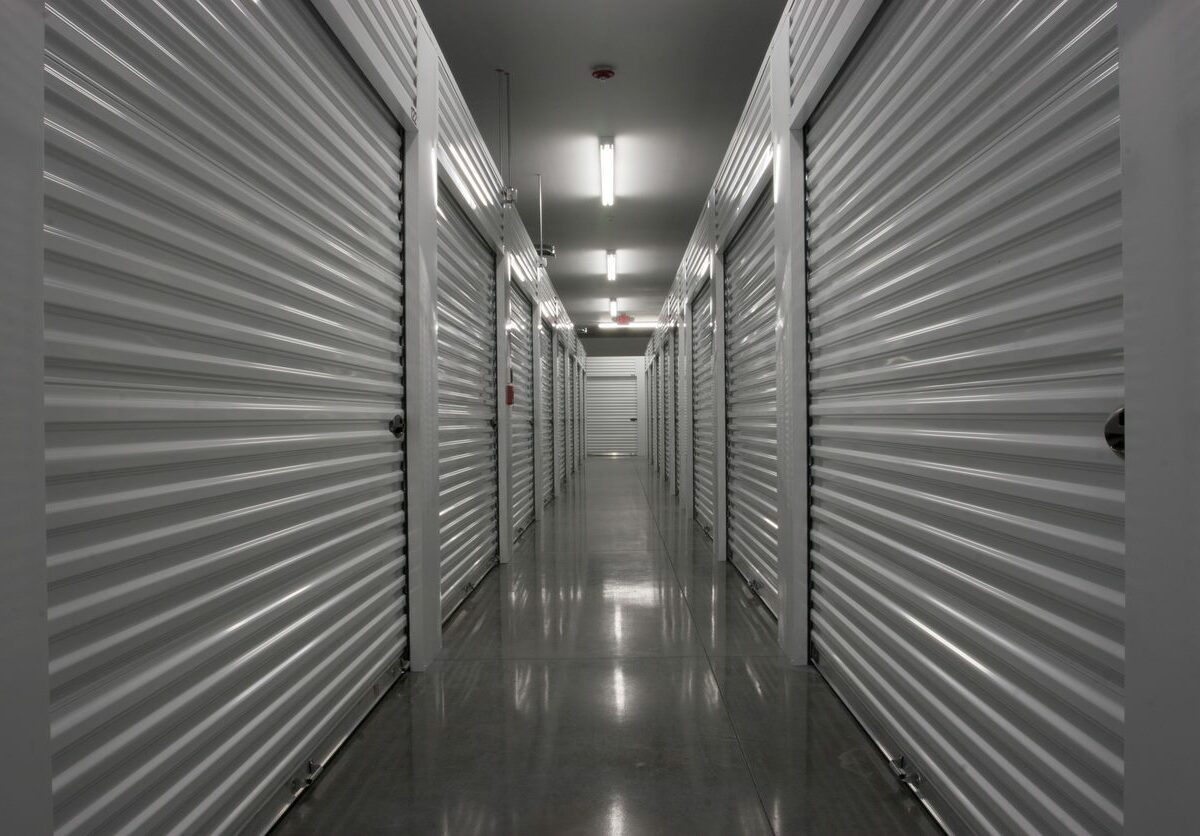Storing in the Summer: What Items Need Climate Controlled Storage
Learn the essentials of climate controlled storage, including how it works, what storage items can benefit, and the damage you may avoid by renting it.
Whether you’re a college student moving home for the summer, a family needing to downsize their home, or someone getting around to spring cleaning, there are many reasons to rent self storage. The Midwest gets to experience the highs and lows of summer and winter, but changing weather affects more than our clothing choices. Belongings in your Midwest storage unit can be damaged if not protected. To help preserve your possessions, consider climate controlled storage.
[H2] What Is Climate Controlled Storage?
While standard storage units are made with minimal insulation that can be easily influenced by outdoor conditions, climate controlled storage units are designed to maintain an internal temperature range between about 50° F and 80° F. A combination of air conditioning and heating helps combat the elements.
[H2] Is Climate Controlled Storage Necessary?
If you plan on storing sensitive items made of materials like wood, linen, paper, or vinyl, climate controlled storage is highly recommended. Below, we will break down some of the most commonly stored items that should be kept in climate controlled units.
[H3] What Needs Climate Controlled Storage?
Although all storage items can ultimately benefit from climate controlled storage, there are specific sensitive materials and appliances that especially need to be shielded from the weather.
- Wood. Your antique furniture could be vulnerable to damage if not kept in a consistent temperature range. Wood expands in the heat and contracts in the cold, and when the surrounding temperature fluctuates frequently, it can become weak and form cracks.
- Electronics. High temperatures can bake electronics, causing them to overheat and incur irreparable damage. Experts advise keeping your electronics in environments below 95° F, and internal temperatures in non-climate controlled storage units can climb to 30° F above the outdoor temperature. Cold weather can also be harmful, lessening the charge potential of batteries and making metal contract and run under higher stress.
- Paper. If not properly protected, your photos, documents, and files can yellow, curl, and even grow mold during the summer. In the winter, cold air can cause paper and cardboard to become brittle and prone to tears. Climate controlled storage helps create a more balanced environment.
- Fabrics. There’s a reason you would never put your wedding dress in the dryer. From upholstery to linens, delicate fabrics can be harmed by major temperature shifts. High heat can shrink fabric fibers and reduce tensile strength to the point of tearing. Additionally, heat can promote mold growth, which can further break down fabrics.
[H2] Benefits of Climate Controlled Storage
When you store your belongings in climate controlled storage, you can easily leave them in your unit during seasons with extreme temperatures. Perhaps you want to get winter gear out of your closet and into summer storage or declutter your home for a fresh start to the new year. Self storage isn’t a permanent solution, but climate control gives you more flexibility to leave your things locked up for extended periods.
[H2] Find Climate Controlled Storage at Storage of America
As you begin your search for an ideal climate controlled storage solution, look no further than Storage of America. We offer climate controlled units in a variety of unit sizes, equipped with high-quality safety features to give you peace of mind. Contact us today to get started, and find us at a location near you.
- Storage units in Illinois
- Storage units in Indiana
- Storage units in Michigan
- Storage units in Missouri
- Storage units in Ohio